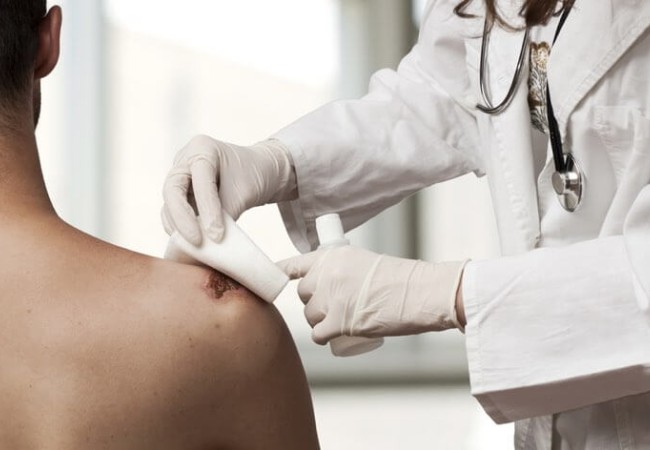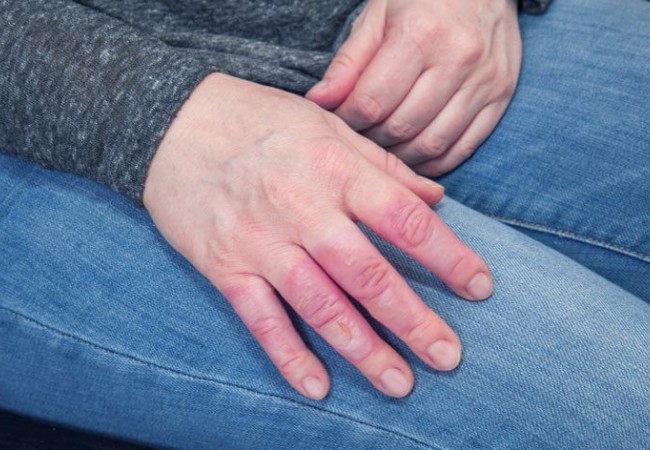An acute wound is an injury to the skin that occurs suddenly rather than over time. It heals at the predictable and expected rate of the normal wound healing process. Acute wounds can occur anywhere on the body and vary from superficial scratches to deep wounds damaging blood vessels, nerves and muscles.



A chronic wound is a wound that does not heal in an orderly set of stages and in a predictable amount of time the way most wounds do. Wounds that are slow to heal are often considered chronic. Chronic wounds sometimes get stuck in one or more of the phases of wound healing. For example, chronic wounds often remain in the inflammatory stage for too long. Venous and arterial ulcers, diabetic ulcers and pressure ulcers are only a few examples of chronic wound types.
Chronic wounds may never heal or may take years to do so. These wounds cause patients severe emotional and physical stress and pain. Therefore, an appropriate treatment is of high importance.
The normal wound healing follows a pattern that can be divided into three overlapping phases: 1. Hemostasis & Inflammation, 2. Proliferation and 3. Maturation & Remodeling.
The wound stops bleeding. The cells receive signals to begin the repair and regeneration of the injury site.
This phase consists of rapid cell growth, production of an extracellular matrix (ECM) to fill the wound defect, and resurfacing of the wound bed.
The final phase occurs once the wound has closed. This phase involves remodelling of collagen. Cellular activity reduces and the number of blood vessels in the wounded area decrease. Scar tissue is gradually remodelled.